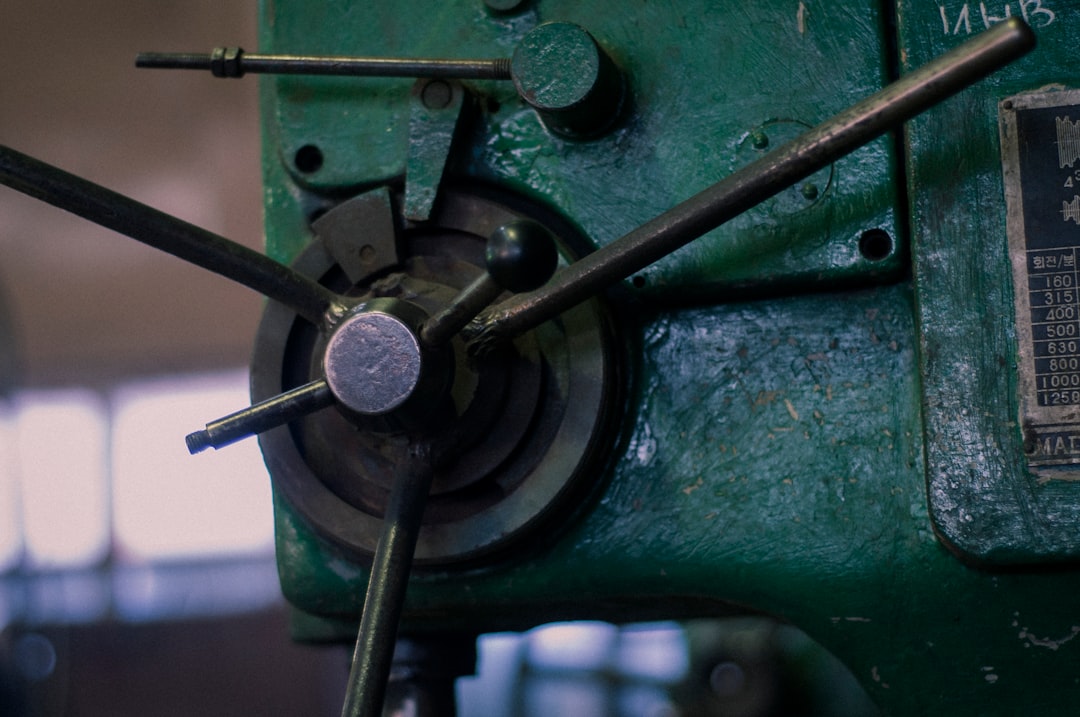What is it about?
This study looked to explore the mechanism through which medially prescribed (off the shelf) shoe inserts have an effect on the mechanics of the lower limb. The inserts used have been shown to be effective in people with front of knee pain (patellofemoral pain), but to date it has not been identified HOW they have this effect. Improving the knowledge of this mechanism can enable clinicians to more accurately prescribe a shoe insert to those who are most likely to benefit from wearing it.
Featured Image
Why is it important?
Gaining knowledge into the mechanism of a shoe inserts effect, can increase the appropriateness of their prescription, reduce the cost to either the health care provider or the patient and will ensure that the right people are getting the right treatment
Perspectives
This study represents a novel investigation of the effect mechanism that underpins shoe insert prescription. As a practicing clinician I was keen to identify how these inserts might have their effect in patients with patellofemoral pain. The results were very interesting, showing that a modification made at the foot resulted in changes occurring both at the knee and at the hip. It further displays the connectivity that exists, during functional movements, throughout the lower limb. The results have been used to inform a further study that explores the effectiveness of a tailored intervention in people with PFP.
Mr Simon Lack
Queen Mary University of London
Read the Original
This page is a summary of: The immediate effects of foot orthoses on hip and knee kinematics and muscle activity during a functional step-up task in individuals with patellofemoral pain, Clinical Biomechanics, November 2014, Elsevier,
DOI: 10.1016/j.clinbiomech.2014.08.005.
You can read the full text:
Contributors
The following have contributed to this page










